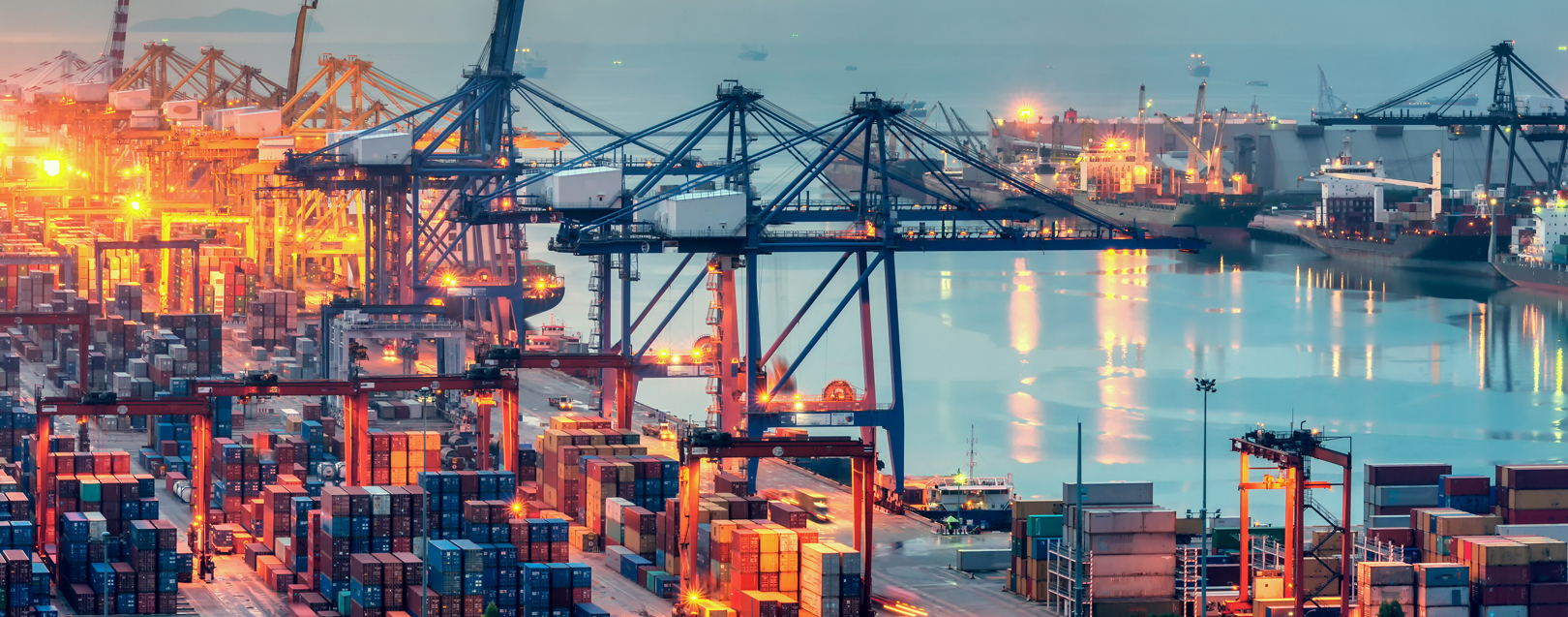
Recent months have got the Indian exporters hopeful. The numbers – performance and FTP-related – have given them reasons to pin their expectations on the Union Budget.
Steven Philip Warner President (VMPL) & Editor-in-Chief | January 2018 Issue | The Dollar Business
A cursory look at India’s exports numbers in the past 17 months, and a casual observer could well brand it a ‘mini golden age’ of India’s performance at the ports. India’s unusually vast tribe which thrives at convincing foreign buyers with its produce is seemingly convinced about its nation being a frontrunner to nudge past the $300 billion finish line this fiscal. It's impressive that despite the multi-textured troubles (like demonetisation, a hurried GST implementation, lack of digitisation, failure to implement 24x7 clearance facilities at ports, delayed FTP revision, etc.), the anxieties are washed away by numbers that indicate a bounceback to the 2013-14 days for India’s exports.
But a New Year presents newer challenges.
We saw some encouraging revisions to MEIS and SEIS announced in the month of December last. WTO could have a problem with that, given its rules that allow a nation to give direct incentives to its exporters. This year itself, think tanks in the government ranks should start formulating various ‘adjusted, indirect and yet transferable’ incentives schemes that are (a) industry specific to avoid a one-size-fits-all assumption, (b) as flexibile in terms of utility to the EXIM community as the current ones, including transferability and usability, and (c) effective enough to replace the ‘on-the-face’ incentives when the WTO comes knocking.
We have to get rid of the GST refund menace. A new year, but the same old problem won’t do. As per some estimates, India’s exports community has begun the year with a backlog of about Rs.1.85 lakh crore in pending IGST and ITC refunds. Of these two, ITC refunds account for about 85% of the total backlog, and it is shocking that one significant reason why the refunds have not been processed is the very ‘conflicting criteria for calculation of ITC refunds’. Such an inefficient, unsure mechanism jeopardises the present of India’s exporters, especially those lakhs for whom these refund delay mean blockages of precious working capital.
Next come the states. For years now, we’ve witnessed a flurry of opinions and announcements to make Indian states responsible for national exports. The states were even advised to conclude on state-level export policies. So far, only 14 states have prepared their drafts. The Niti Aayog must discuss and decide on a blueprint for incentivising states that indulge proactively in growth of India’s exports. Special subsidies can be offered to states who meet a minimum performance criteria. But the question here is – who decides what criteria? Hopefully, the Centre has this question sorted in its head.
Recent months have got the Indian exporters hopeful. The numbers – both performance and revised FTP-related – have given them enough reasons to pin their expectations on the Union Budget. It’s time for the Centre to shift focus slightly away from fiscal prudence and provide tax sops and alternative incentives for exporters through technological upgradation and modernisation schemes.
While the government has unleashed a battery of measures to aid India’s exporters and manufacturers in the past year, there is no denying the fact that 2017 has been about a rise in exports despite scuttled plans and unexpected new realities. Our exporters are paying the price of 'hurried changes' last year. 2018 will bring in more 'stable hopes'. And with more hope comes more expectations.
Doubt you not – 2018 will be a consequential year for India’s foreign trade.
A government, chosen by popular vote five years back, has an opportunity to become the popular champion of the common Indian exporter.
Get the latest resources, news and more...
By clicking "sign up" you agree to receive emails from The Dollar Business and accept our web terms of use and privacy and cookie policy.
Copyright @2024 The Dollar Business. All rights reserved.
Your Cookie Controls: This site uses cookies to improve user experience, and may offer tailored advertising and enable social media sharing. Wherever needed by applicable law, we will obtain your consent before we place any cookies on your device that are not strictly necessary for the functioning of our website. By clicking "Accept All Cookies", you agree to our use of cookies and acknowledge that you have read this website's updated Terms & Conditions, Disclaimer, Privacy and other policies, and agree to all of them.

